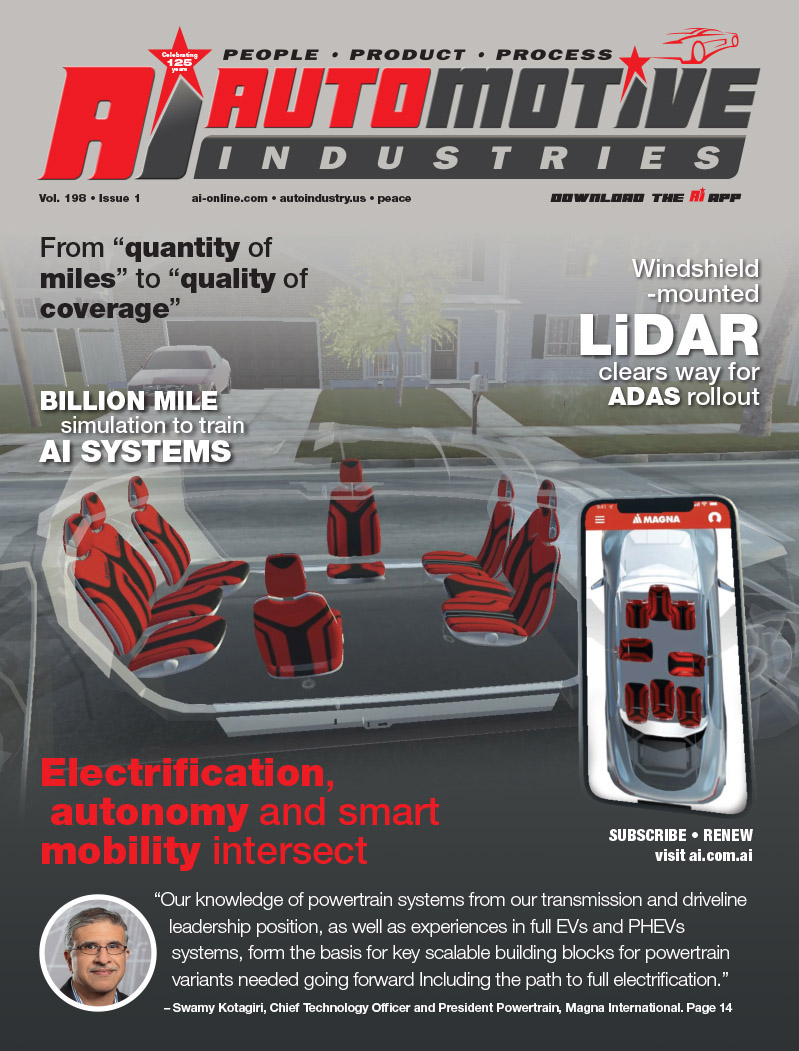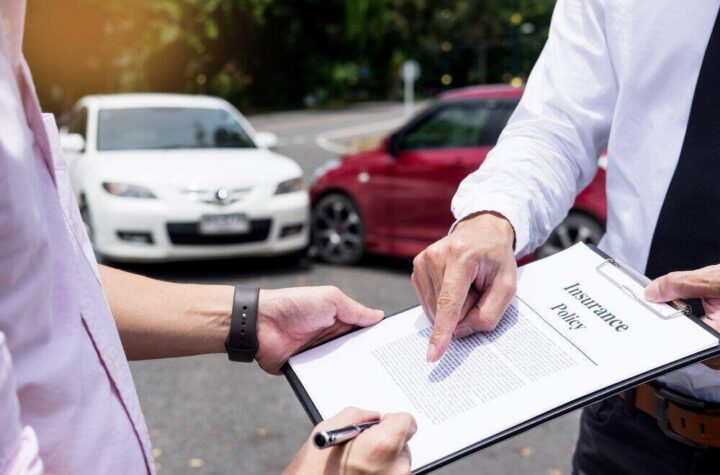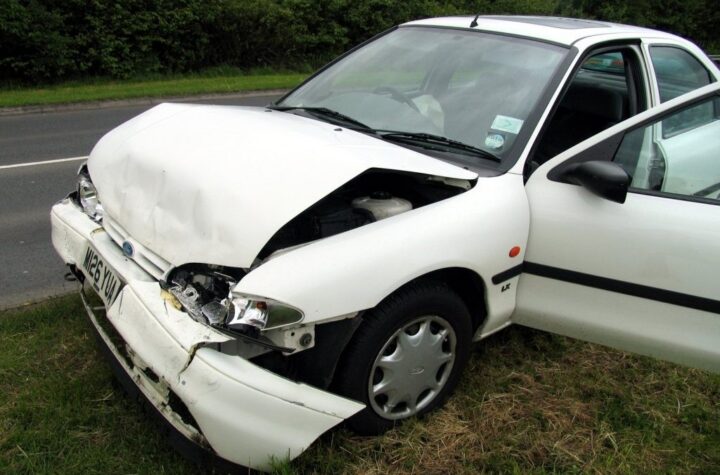
The U.S. Environmental Protection Agency (EPA) is missing an opportunity to reduce America’s dependence on foreign oil and create new economic opportunity by limiting its decision on E15 (15% ethanol/85% gasoline) to only model year (MY) 2007 and newer vehicles, the Renewable Fuels Association (RFA) said.
“EPA’s scientifically unjustified bifurcation of the U.S. car market will do little to move the needle and expand ethanol use today,” said RFA President and CEO Bob Dinneen. “Limiting E15 use to 2007 and newer vehicles only creates confusion for retailers and consumers alike. America’s ethanol producers are hitting an artificial blend wall today. The goals of Congress to reduce our addiction to oil captured in the Renewable Fuels Standard cannot be met with this decision.”
Dinneen highlighted the importance of an expanded market to next generation technologies, saying, “This decision continues to leave the market artificially constrained and further limits market opportunities for next generation biofuels very close to commercialization. While we appreciate the work put into this waiver request, especially the 2-plus years of testing by the Department of Energy, it is clear EPA is missing an opportunity to meaningfully increase America’s use of renewable fuels and reduce our dependence on imported oil.”
Dinneen also pointed out the apparent legal and scientific disconnect inherent in EPA’s outright denial for MY2000 and older vehicles. “EPA is providing no scientific justification for its decision to bifurcate the market. It’s almost as though they pulled the number out of a hat. As test after test has demonstrated, E15 is safe and effective in all light duty vehicles. ” Dinneen noted that on January 1, 2011, vehicles MY2000 and older will all be out of warranty coverage and beyond their useful lives, thus putting them beyond the regulation of EPA. “EPA’s overreach to deny E15 for use in vehicles over which they no longer have jurisdiction is beyond puzzling.”
To this point, RFA notes that EPA is ignoring well-documented evidence that E15 is safe for all light duty vehicles. RFA recently released a report from Ricardo, Inc. that used EPA’s own engineering assessment methodology to determine the efficacy of E15 in vehicles MY2000 and older. The report concluded, “…that the adoption and use of E15 in the motor vehicle fleet from the studied model years should not adversely affect the vehicles or cause them to perform in a sub-optimal manner when compared with their performance when using the E10 blend that is currently available.”
Wholesale adoption of E15 based upon EPA’s bifurcated approach is unlikely, according to gasoline marketers and retailers. In its weekly newsletter from September 17, 2010, the Petroleum Marketers’ Association of America stated, “Limiting the waiver to a specific class of vehicles based on date of manufacture means retailers would be forced by market conditions to carry both E-10 and E-15 product, thus increasing the risk of consumer misfueling. The good news is that the waiver will likely not require E-15 but only allow its use. Refiners are not expected to supply E-15 as a result of the waiver approval alone.”
Dinneen scoffed at EPA’s implicit denial of other blends, including E12, which could be used in all vehicles and pumps immediately. “I find it hard to believe that there is not a level between E10 and E15 at which EPA could approve for use in all vehicles. An interim step to anything above E10 for all vehicles would have a more immediate impact on the market than today’s announcement.”
EPA’s announcement today does allow for the work on adjusting state fuel regulations to accommodate E15 to begin in earnest. To the extent that some retailers do offer E15, infrastructure issues can be addressed as well, including the Renewable Fuels Marketing Act which RFA supports. Additionally, RFA will work with EPA and other stakeholders to assure the labels that will be issued are as clear and factual as possible, minimizing consumer confusion and backlash.












More Stories
Automotive Industries (AI) Newsletter April 2025
Bangkok International Motor Show 2025 – The Talk of Sensuous Automotive
Earn GHG reduction values through MOL Pure Car Carrier “Book and Claim (B&C)” service